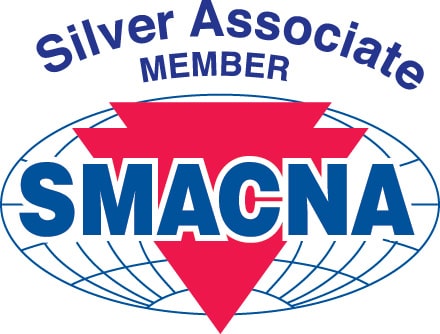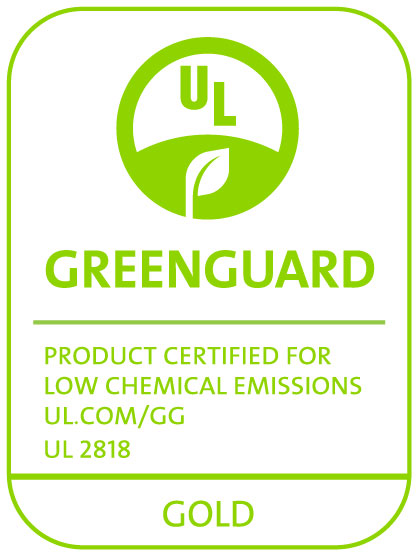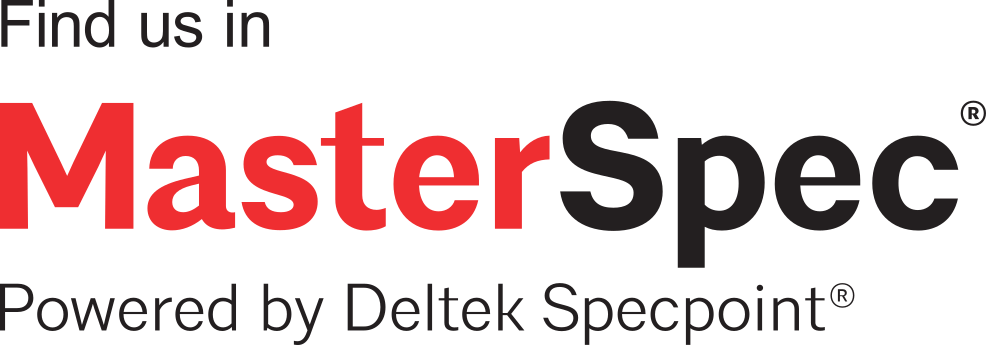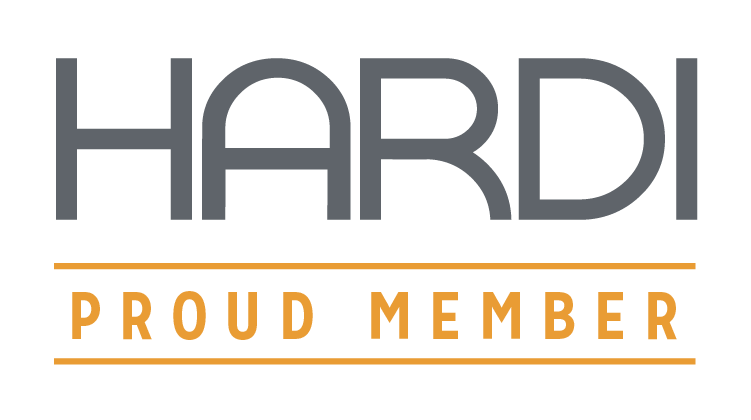Underwriters Laboratories of Canada (ULC Standards) is accredited by the Standards Council of Canada (SCC) to develop and publish standards for building construction, thermal insulation products, and much more. The SCC established the National Standards of Canada (NSC), in cooperation with ULC. CAN/ULC-S102 (CAN/ULC) is an example of a specific standard developed and published under the NSC.
First published in 1979, the CAN/ULC-S102 Standard is titled the Standard Test Method for Surface Burning Characteristics of Building Materials and Assemblies. The primary purpose of this standard is to determine the Flame Spread Value (FSV) and Smoke Developed Value (SDV) when each sample is exposed to fire following this test method.
Although CAN/ULC utilizes the Steiner Tunnel test method, like ASTM E84 (or UL 723), the CAN/ULC test method maintains a few variations and FSV/SDV are calculated differently.
Surface burning characteristics are reported from the results of not less than three identical test specimens. The numerical averages of FSV and SDV are reported as Flame Spread Rating (FSR) and Smoke Developed Classification (SDC). Triplicate testing is a requirement for CAN/ULC-S102 and the National Building Code of Canada (NBCC). For this reason, the CAN/ULC-S102 Standard is considered more rigorous than ASTM E84 (or UL 723).
Like ASTM E84 (or UL 723), insulation manufacturers report CAN/ULC compliance with a FSR less than 25 (< 25) and a SDC less than 50 (< 50). ASTM E84 (or UL 723) are reported as Flame Spread Index (FSI) and Smoke Developed Index (SDI).
AEROFLEX EPDM™ closed-cell elastomeric pipe and duct insulation passes CAN/ULC-S102 through 2” [50 mm] thick.
Source: CAN/ULC-S102:2018-REV1, ULC Standards, Standards Council of Canada



